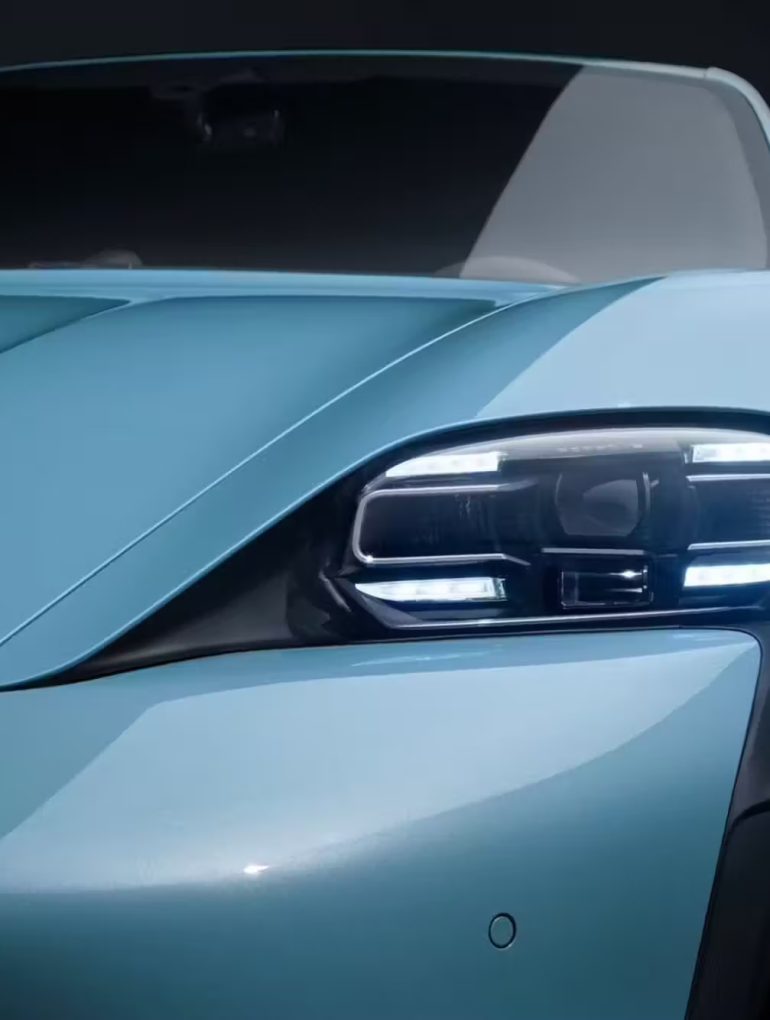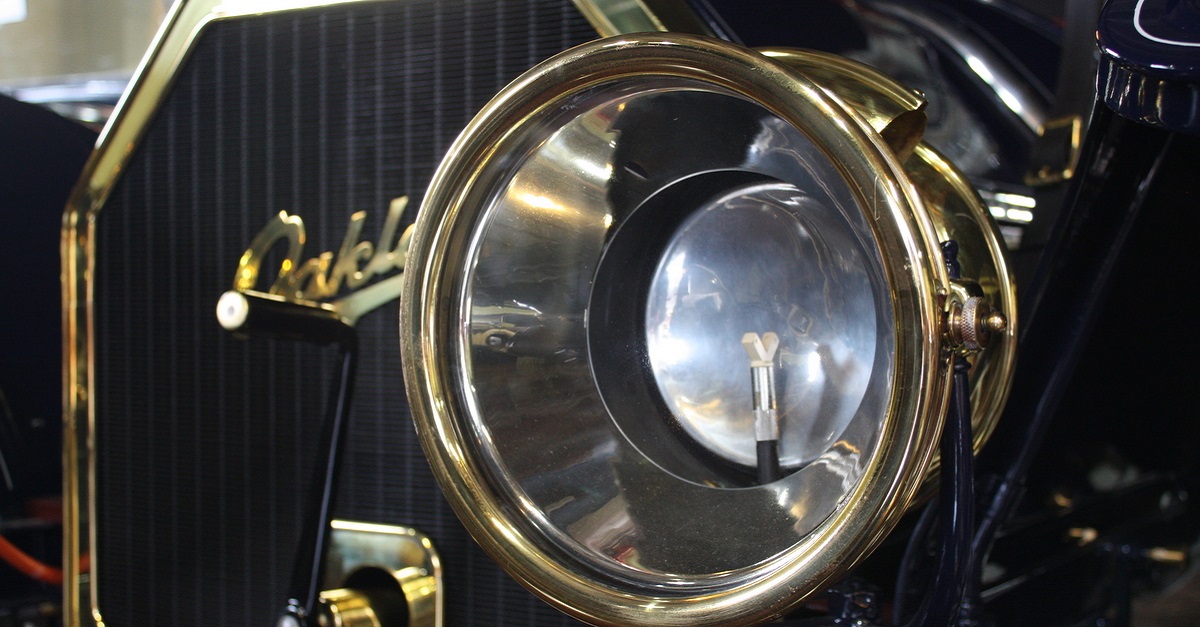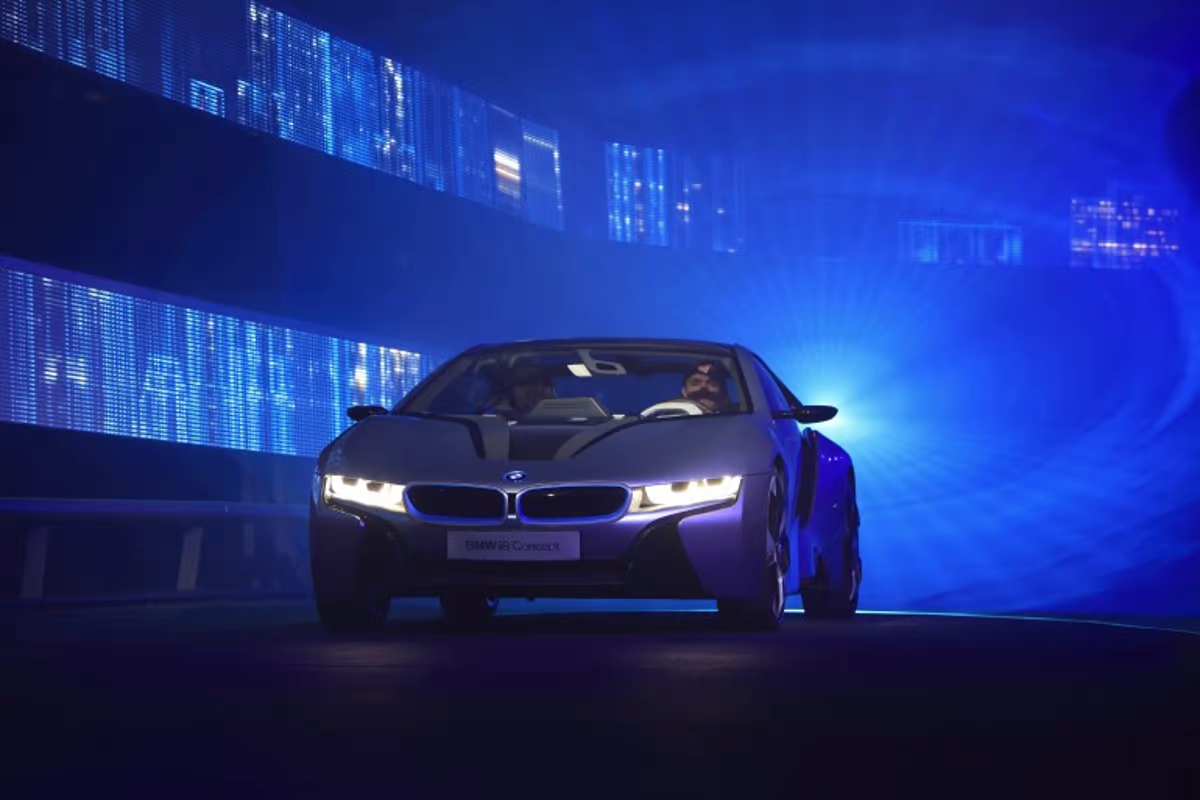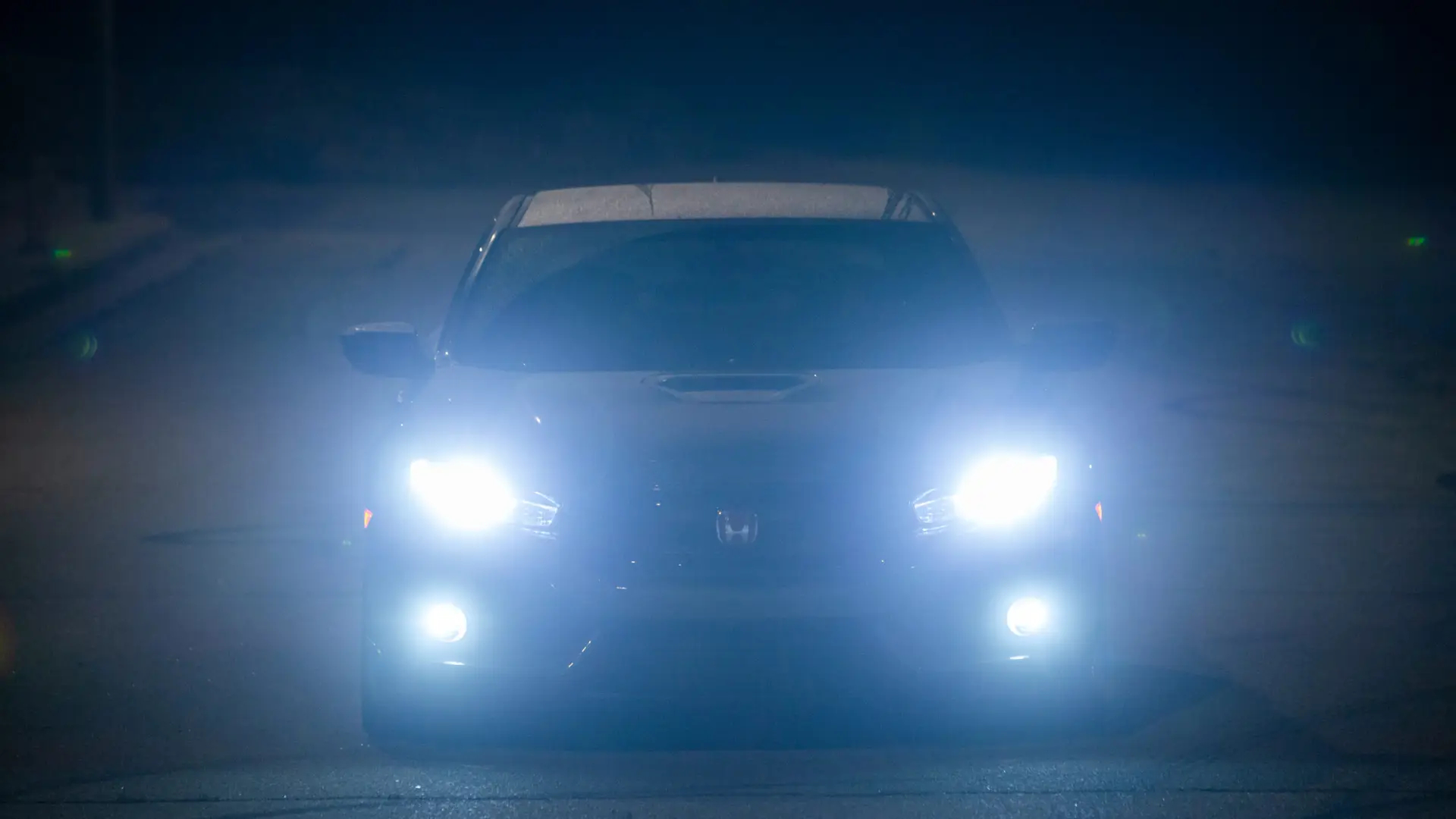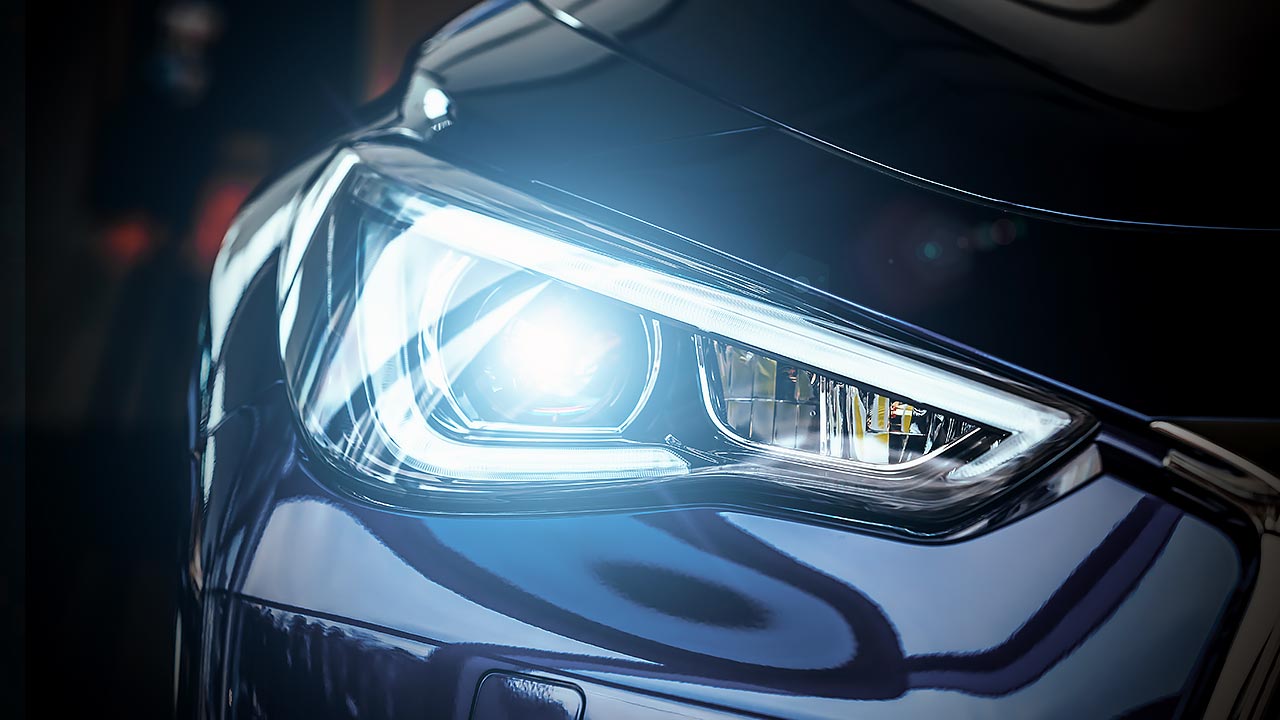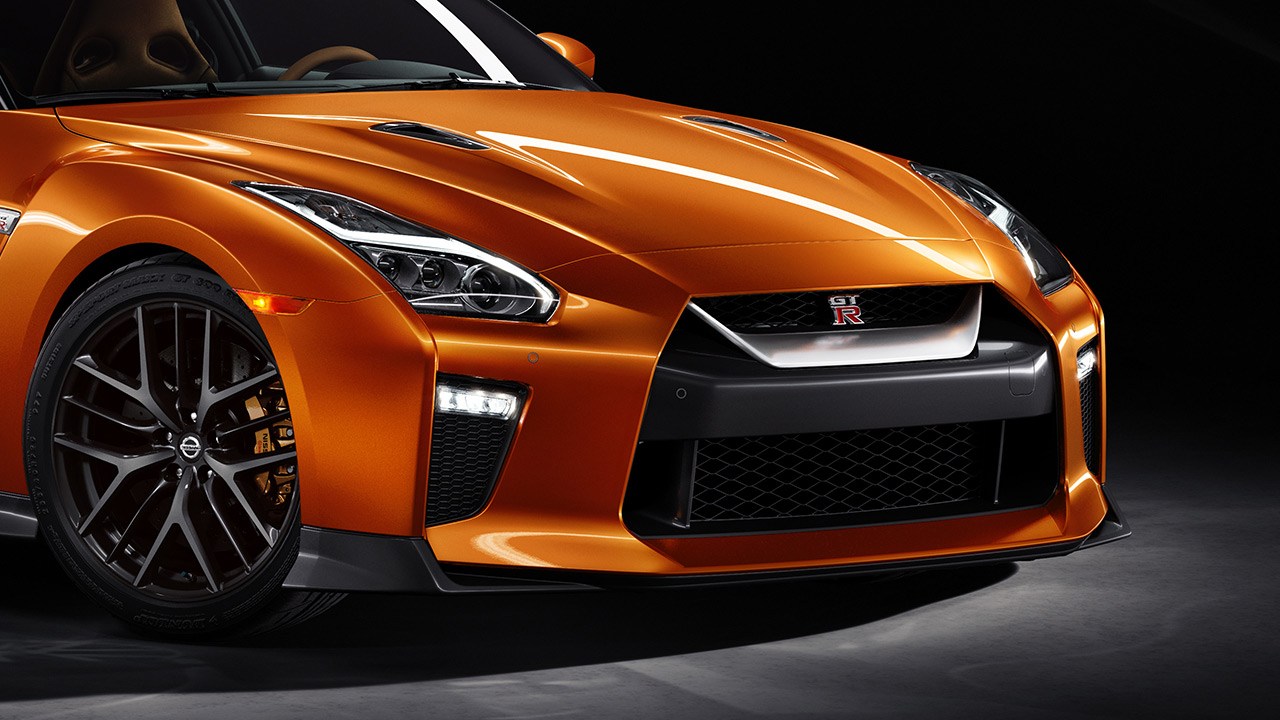According to a report from the National Safety Council (NSC), well over 40% of all fatal car accidents happen at night. The jarring nature of this statistic is brought into sharp focus when you consider that only about 25% of vehicle travel occurs during the night hours. It would be far-reaching to attribute poor visibility as the sole cause of nighttime accidents. However, one cannot deny the role of great vision in ensuring a safe night trip – visibility enhanced by the use of proper headlights.
A Brief Look at the Evolution of Headlights
Via Napaonline
Headlights has always been a fundamental aspect of automobile design. The earliest examples were seen right about when we had the first automobile in the late 1880s. The design was relatively straightforward. There was a container for the fuel – usually acetylene – and a mirror to focus the flame on the road ahead.
Electric lights came into the picture by the early 1900s. In 1912, Cadillac took significant strides forward with electric headlights by integrating the vehicle’s electric system with its lighting setup. In 1939, General Electric developed the sealed beam headlight comprising a reflector, glass lens and a tungsten filament. It quickly became a standard fitment for automobiles in the United States and remained the primary choice for decades.
It was Italian automakers that first introduced vehicle-mounted halogen lamps in 1962. Compared to the sealed beam variety, halogen lamps were brighter, more efficient and lasted longer. Still, they did not become popular in the States until the late 1970s.
Via Newatlas
Automotive technology is in a constantly evolving state, and halogen lamps soon lost ground to High-Intensity Discharge (HID) lights and LED lights. Today, cutting-edge laser headlights are the latest evolution in the operation and design of headlights. These laser headlights use a complex array of laser diodes, lenses filled with yellow phosphorous, and reflectors to produce powerful white light. They have the longest range of all headlights, but they are also easily the most expensive, often costing thousands of dollars per set.
LEDs vs HIDs and Halogen Headlights
Via The Drive
In simple terms, Light Emitting Diode (LED) lights use a semiconductor, a material that emits light when an electric charge is applied to it. This contrasts with halogen bulbs that light up when electricity is passed through a tungsten filament inside a halogen-filled capsule. Then you have the HID bulbs, which lack filaments. They rely on an electric charge to ignite xenon gas in a sealed bulb.
Halogen bulbs are inexpensive and easy to replace. However, they are outdated and pale in comparison to the more modern LED and HID headlights. Today, the debate on what headlights to use for your car more commonly revolves around the LED and HID options.
LED lights are generally more expensive than HIDs. However, opting for LED bulbs may prove to be a better decision in the long term. This is because they can last more than 20,000 hours and may never need to be replaced over the vehicle’s life. Both LED and HID headlights emit bright light. However, HID bulbs take a few seconds to reach full brightness, while LEDs turn on instantly. Also, LED bulbs are more energy efficient than HIDs and are available in literally any colour, while HIDs are typically limited to shades of white, yellow, blue and purple.
LED Headlights and Night Driving
There is a general misconception when it comes to the suitability of LED headlights for nighttime driving. It is widely believed that LED lights cause glare at night, which can blind oncoming drivers. However, while this statement has some merit, it does paint the complete picture about the use of LED headlights in the dark.
The fact is that LED bulbs that are not custom designed to work in reflector light housings will create a lot of glare. Unfortunately, this is a present reality, especially given the abundance of LED bulbs on the aftermarket, sold for use in cars.
On the flip side, LEDs that were custom-designed to fit inside the reflector light housing of your car will give off little or no glare. These LEDs headlights may, in fact, be the ideal choice for people who frequently drive at night. In addition to promoting safety on the road by reducing glare, purpose-designed LED headlights are up to 5 times brighter than halogen lamps. They are also much more energy-efficient and longer-lasting than their HID counterparts.
The critical point to note here is to be very deliberate when shopping for LED bulbs for your car. Do not opt for the first option you find online. Instead, be guided by professional advice in selecting a compatible LED set that best suits your vehicle.
Your Sportscar and 9006/HB4 LED Headlights
9006 (or HB4) bulbs rank among the most common LED bulbs, and You can find plenty of 9006/HB4 LED bulbs online (remember to always check for compatibility). They are low-beam headlights and can be used to replace stock halogen, HID or defective LED units for improved vision and safer driving. Some of them are supplied with an integrated fan assembly to help with heat dissipation and extend the lamp life up to 50,000 hours.
The 9006 bulbs are not just used for ‘mainstream’ automobiles. They are also quite popular in the world of performance motoring. They can be fitted on a wide variety of sports cars like the Nissan GT-R, McLaren 570S, Lamborghini Huracan and Ferrari 488 GTB. The end result is the same. These high-performance cars will also enjoy the benefits of high-quality LED bulbs, including improved visibility, greater efficiency and durability.


